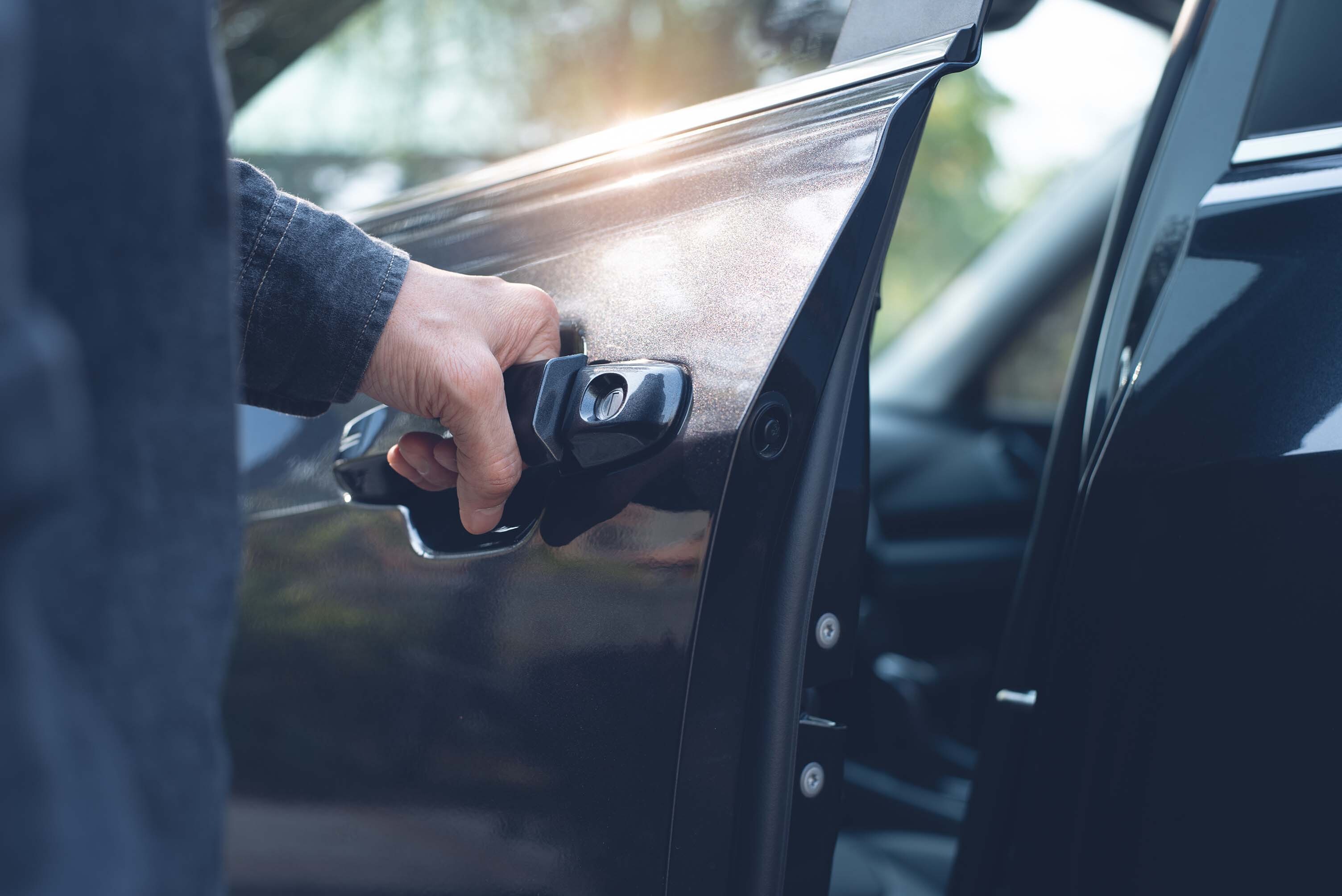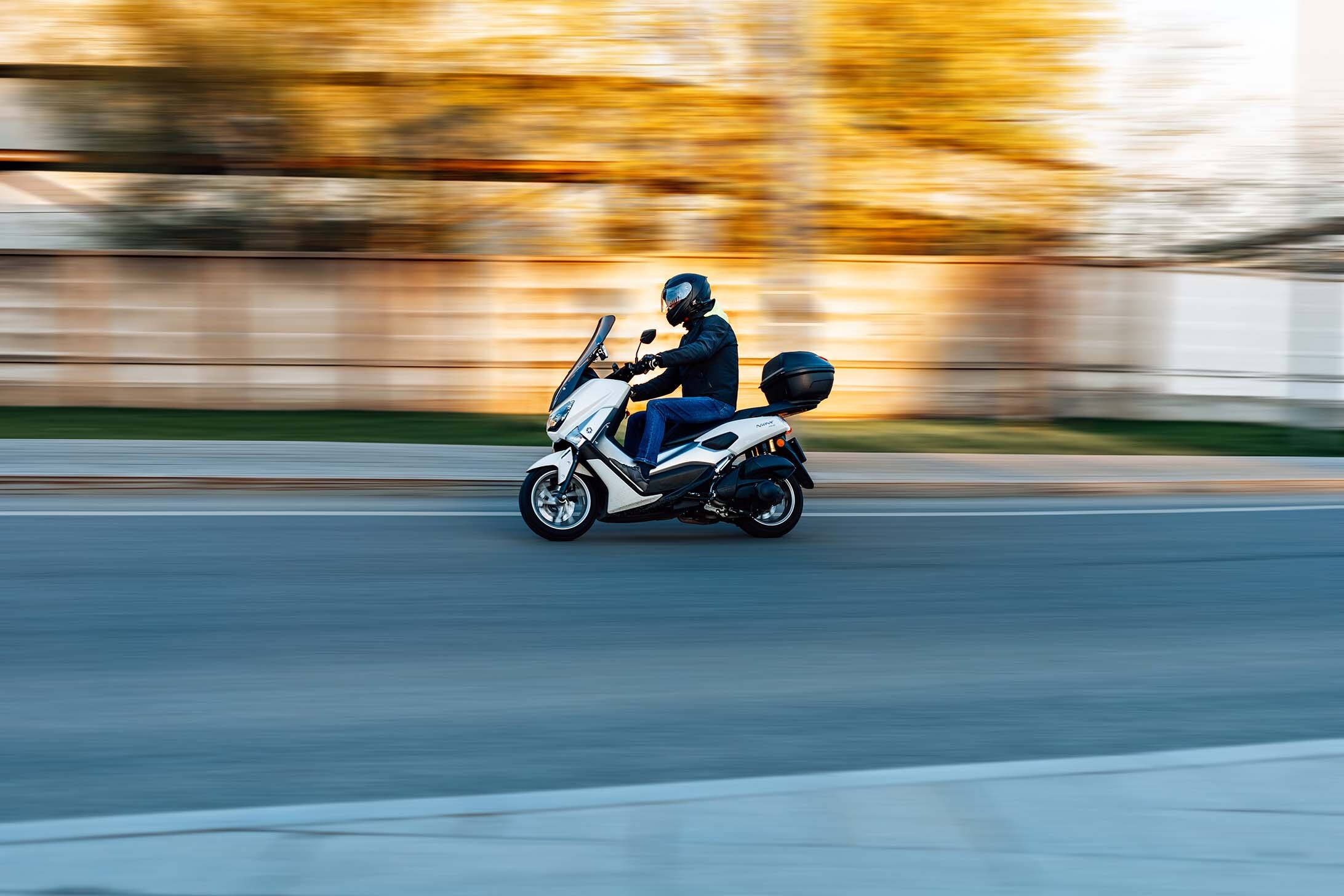Since the beginning of the year we’ve had our fair share of wind, rain and storms in the South with some heavier snow in the North – but luckily no long-lasting winter cold snap. Although Spring is right around the corner, the air is still feeling chilly!
This means it’s the perfect time to prepare for adverse weather before it hits. After all, forewarned is forearmed.
Read on to avoid getting caught out in the cold.
Article updated from Jan 2024
How to book a Winter service
If you haven’t already, book your vehicle for a winter service. De-icer, oil and water levels will be checked alongside tyre pressures and tread. When finished, you can be reassured that your car is prepared for winter driving. Services will also help you prevent potential breakdowns and costly future repairs.
A good service history will help when you come to sell, showing you’ve looked after your vehicle! You can get a winter check at several locations, including:
- Halfords Winter Prep (NOT full service) - £79.99
- Kwik-Fit servicing - from £126
- National Tyres & Autocare servicing - from £169.99
- Remember to check with your local garage or car manufacturer too.
Chargers and power banks for driving
Make sure your phone is fully charged before you head out. It sounds like common sense, but it’s easy to forget! You’ll need to be able to call for help if you get into difficulties, alongside using your phone as your navigation device.
Chargers and powerbanks come in handy when your phone’s juice is getting low. They can also be helpful to passengers who need extra charge in a pinch! It’s a good idea to keep a mutli-cable in your car that can fit various mobile devices.
Like your phone, remember to keep them charged. Keep an eye on their condition - if you see bulging or anything else that doesn’t look right, it’s time to recycle them.
Do you need a breakdown kit?
If you drive full-time, the answer should be yes. Do you know where your spare tyre is? Do you have the tools to be able to change it if you need to? Consider carrying a breakdown kit with you in case of roadside emergencies.
This kit could include:
- A breakdown triangle
- Nuts for changing tyres
- Bottled water
- Pre-packaged snacks in case of a long wait for recovery vehicles.
- A blanket or thick jumper for warmth
Fueling up in Spring
Found yourself giving rides or delivering in unfamiliar territory? It’s worth spending two minutes looking up the nearest service stations in case you need fuel quickly! As a bonus, larger stations also have toilets and food outlets – perfect for a day on the road.
You can use apps like Petrol Prices to find the best forecourt prices wherever you are.
How to keep warm in the car
Most important is the person inside the car – you, the driver! When on shift, it’s important to keep warm, especially during cold snaps. You can buy heated car seats which plug directly into your car USB. Paired with driving gloves to keep those fingers warm you’ll be toasty in no time.
Layering your clothes will help trap heat, and they’re easy to shed if you get too warm. Invest in thermals that are designed to keep your body heat trapped.
Lastly, there’s nothing like a hot drink to warm your bones, so take a Thermos or Stanley to have hot drinks or soup on the go.
Conclusion
Though the colder Winter weather is leaving us, Spring can be just as icy.
Though you’re working from your vehicle, workplace safety is still crucial to not only you but also your passengers and other road users.
According to Admiral, 12% of severe accidents happen in February during harsh weather conditions, including potential injury and vehicle write-offs.
So make sure you’re prepared this season by following our tips to reduce your risk and protect your livelihood.
Now for insurance! With INSHUR, all you need is your driver’s license to get a quote and be on the road in minutes.
Sources



